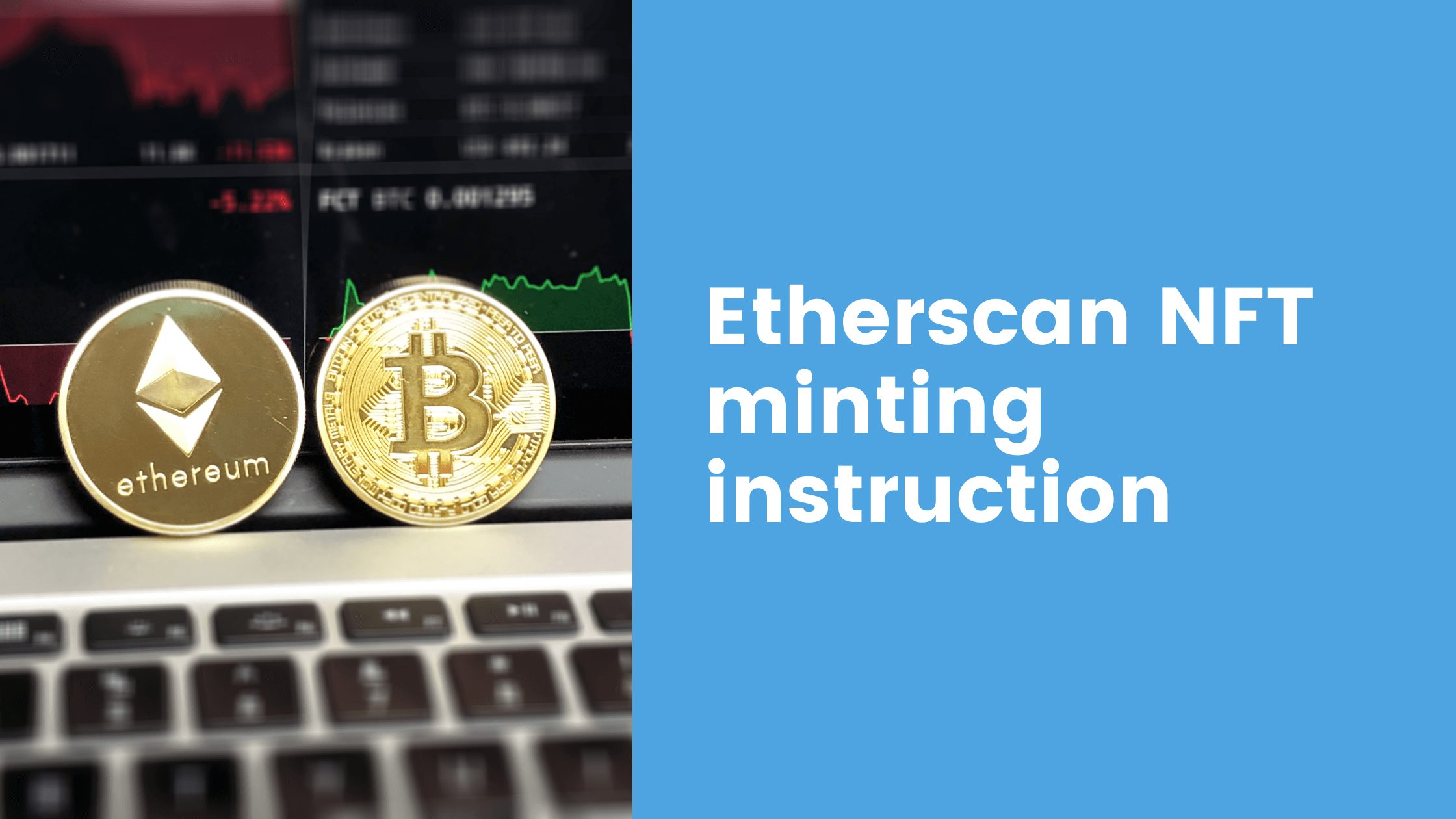You can and should leverage the advantages of blockchain systems when planning for high load events, such for example as a well-promoted NFT Mint. There is a limited supply, high demand and limited time window for the event. This means hundreds of thousands of users can hit a web application simultaneously.
In addition to the usual methods like CDN, auto-scaling, etc. blockchain developers have another trump card, or rather, Plan B – to allow the user to work directly with the “backend” without a frontend.
Therefore, it is considered a good practice to prepare a detailed instruction on how to mint your NFT directly via Etherscan.
Indeed, the smart contract “backend” cannot fail because your hosting is literally hundreds of thousands of computers around the world mining Ethereum. Your only possible point of failure due to high load is your centralized frontend (and centralized backend, if you use one).
If the logic is implemented correctly, that is, all important actions are performed through a smart contract, then nothing prevents the user from working with the contract directly. That should be the Plan B for the worst case scenario if your web application crashes. Yes, it will be more difficult for the user, worse UX, but it provides complete fault tolerance of the system. Also it confirms it is truly decentralized.
Therefore, in any case, before launching, it is necessary to write up a step by step guide on how to mint your NFT directly (via Etherscan). Also, make sure to test it and distribute it prior to event through a marketing website, discord / telegram channels, etc.


